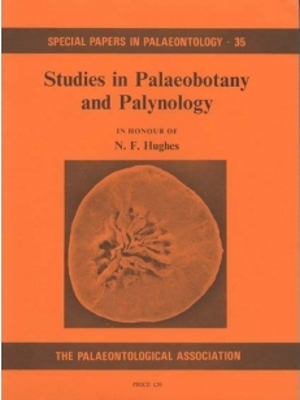Reg. Charity No. 1168330

In this initial report of Australian Carboniferous megaspores, seven form species are described from continental clastic sediments of the Clarke River Formation, as exposed near the south-western extremity of the Clarke River Basin, north Queensland. The associated miospore flora, representative of the Anapiculatisporites largus Assemblage, dates the sediments as Early Carboniferous (Visean). The following new species of megaspores are established: Laevigatisporites subhorridus, Lagenicula clarkensis, and Sublagenicula jellii. The other forms recognized are attributed to the genera Tubercuiatisporites, Lagenicula, and Setosisporites; these are considered to represent new species, but are not formally named due to numerical insufficiency of specimens. The morphological complexion of the megaspore flora, dominated by lageniculate forms, accords generally with those of similar age recorded from elsewhere, and connotes derivation from chiefly arborescent lycopods.